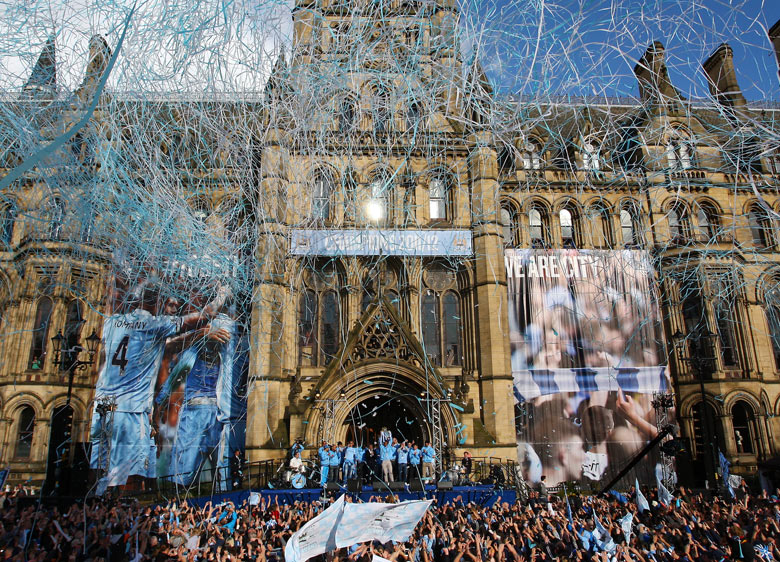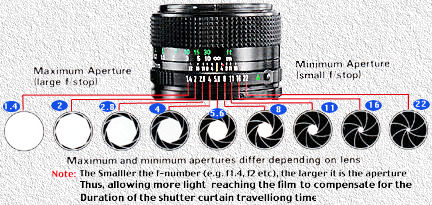Finally, I think summer has arrived. I hope my UK(and those already enjoying the sun around the globe) readers are enjoying the sun before it does a U-turn. The weather has been hot! And I mean HOT!! So hot that I would be surprised if any Londoner told me that they hadn't spotted a host of naked bodies spread across the parks.
The brightening up of the weather has inspired yet more outdoorsy pursuits. Although, this has been difficult lagging around a swollen foot caused by a bike injury. This has surprisingly put me out of both cycling and climbing. Its more painful not being able to do either of these than the actual pain of my swollen foot. I have been left with just admiring pictures of friends who have been out on climbing trips. My sister is so convinced that I had a climbing accident and I am refusing to tell the truth. As if! Sorry to disappoint you sis by this fat knuckle is all due to my hybrid two wheeler. Big foot ain't got nothing on this bad boy right here...I have dragged myself to work though...if I cant climb and I cant cycle I might as well hobble down to Peterborough. This has sadly turned my profile intro into just a rock-climbing, gadget loving programmer who loves to travel(slower than grannies on zimmer frames mind you).
OK! Enough of the pity party. There has been enough of that on my personal Facebook page. So forgetting my dodgy foot for a minute, I, yours truly, have a new toy to play with! Yes, I searched high and low all over London(Electronically! Keep up!!) to get it. I finally managed to locate one in Fulham. It was a bit of a trek, coming back from Peterborough on Friday evening then picking up the car and driving to Wandsworth. Yes, all this just for camera! I have been comparing Digital SLRs for a while and finally settled on the Nikon D3100. After trolling through pages and pages of DSLRs only to find that only two stores in London actually had one in store. Both at opposite ends of town; Wandsworth and Westfield Currys Branches.
 |
| Isn't she purdy?! I think I shall name her Flash! |
- 14.2 megapixels
- Sensor size and type: 23.1 x 15.4mm CMOS
- HD video: Full HD 1080p
- ISO Speed Range: 100-3200
It came with the telescopic 50-200mm lens, 18-50mm lens, case and Tripod all at £565. I have always been interested in photography but could never justify spending that much on a camera. I have been able to take some great shots on slightly cheaper cameras. You can sometimes get a great shot with great composition but it may lack in the quality of the image. The good thing about D-SLRs is that there is a whole host of settings and tweaking you can do to get different effects on a photograph without need to spend hours photo-shopping an image to get something you could achieve at the click(few clicks through menues mind you) of a button.
 |
| Millennium Dome, Canary Wharf & Thames Barrier |
 |
| Tate&Lyle Factory on Greenwich Riverbank |
Testing out the settings for night photography
Mastering the Basic:
I have also had a few photography lessons on London's Southbank. My moto is; whats the point in spending that much money when you are only going to use the basics on an expensive camera. So a friend of mine and I took up three hour lessons with Frui who also do photography holidays. I am not quite at that level yet so lets just stick to Southbank for now. The lessons go through the basics of camera angling, aperture, depth of field, shutter speeds, exposure(ISO controls) and composition. Different settings for different effects you may want to achieve as well as changing them in order to suit conditions to maximise the chances of a good picture.
ISO: Controls how sensitive your camera is to light. So for bright conditions you can go to the lower end of the scale and for low light or indoors you can go slightly higher. Most Camera range between 100 - 3200 ISO.
Shutter Speed: Controls the duration of time that light is allowed to hit the camera's light sensitive cells. This is measured in fractions of seconds and usually a DSLR camera will have speeds ranging 1"(Slow moving) - 1/2 - 1/3 - 1/4 - 1/8 - 1/15 - 1/30 - 1/60(Still) - 1/125 -......1/1000 - 1/2000 - 1/3000(Fast)
Depth of Field: Just like shutter speed, different f-stops give different visual effects within the image. When using a high f-stop you achieve a deeper depth of field, meaning more of your image, from the very foreground to the very background will be in focus. When using a lower f-stop you will achieve a shallower depth of field.
Composition: Refers to how objects and space are arranged within the frame. Its important to get exactly the right composition when making a photograph as this controls how the viewer reads your image. Composition also helps convey your personal feelings about what your are photographing.
ISO: Controls how sensitive your camera is to light. So for bright conditions you can go to the lower end of the scale and for low light or indoors you can go slightly higher. Most Camera range between 100 - 3200 ISO.
Shutter Speed: Controls the duration of time that light is allowed to hit the camera's light sensitive cells. This is measured in fractions of seconds and usually a DSLR camera will have speeds ranging 1"(Slow moving) - 1/2 - 1/3 - 1/4 - 1/8 - 1/15 - 1/30 - 1/60(Still) - 1/125 -......1/1000 - 1/2000 - 1/3000(Fast)
 |
| Guardian Eyewitness: A fast shutter speed of 1/1000 sec has been used to capture the ticker tape in mid air. |
 |
| Aperture Diagram |
Composition: Refers to how objects and space are arranged within the frame. Its important to get exactly the right composition when making a photograph as this controls how the viewer reads your image. Composition also helps convey your personal feelings about what your are photographing.
There are of course a lot of websites on photography but three of the ones that I really enjoy and go back to are The Guardian, National Geographic, Flickr. The Guardian has a page called the Eyewitness which shows a lot of pictures taken for the cover stories and gives information on how different shots were achieved using the camera settings. With the National Geographic, they not only have videos with tips on photography but have a vast array of pictures categorised under various headings. If you are new to photography they also offer the ultimate photo guide(free!) which covers the basics on what to consider when buying a camera, lenses and general tips on photography. Flickr this is fastly becoming a favourite too. Not only can you save your images, but there are different photography groups there. Many with awe-inspiring shots. In addition, you can also see the settings details recorded at the time when a picture was taken such as aperture, shutter speed, ISO and the rest of the camera settings automatically recorded by the camera. So if you have the same camera you could either mirror those settings to attempt to achieve the same shot or match them using a different camera. This doesn't mean you will achieve the same picture because you have different environments...But the extra detail is great especially if you are still on that journey of discovering the weird and wonderful things a DSLR can do and iPhone 4 camera cannot do(I speak for myself of course.)
I have now added a Flickr button to my blog which will showcase the progress of my journey with my very new and shiny toy! If you have cool and wonderful pictures you want to share or better yet if you have seen(or written) a great photography tutorial then let me know.
Addendum
Phone apps to help you with your photography - Digital Photography School
Camera Tips on a Nikon D3100 - Moose's Tips
Addendum
Phone apps to help you with your photography - Digital Photography School
Camera Tips on a Nikon D3100 - Moose's Tips
Please don't forget to “like” me on Facebook if you haven’t done so already! Thanks for your support!
Bee.


No comments:
Post a Comment
Note: only a member of this blog may post a comment.